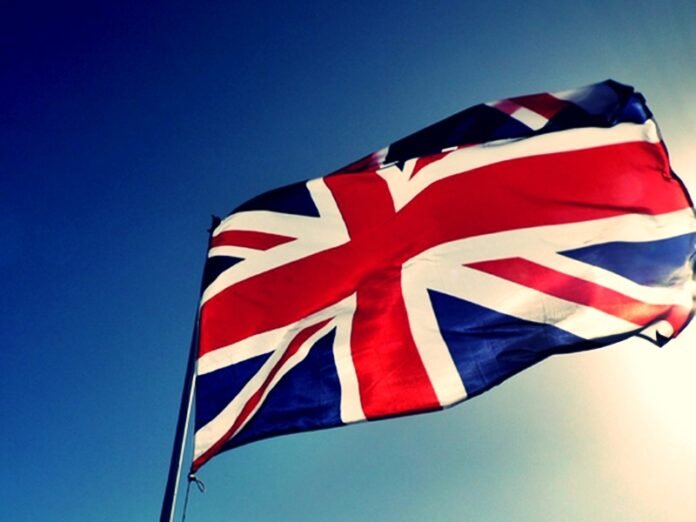New Delhi – In the early 1800s, a quiet battle raged in Britain’s Parliament, not between armies but over sugar. The West Indian sugar colonies, the heart of the empire’s wealth, fought against British interests in India for market control and profits.
West India’s sweet success
For almost 200 years the Caribbean colonies were Britain’s treasure chest. By the 18th century, the Caribbean produced enough sugar to account for a third of Britain’s trade. The empire’s “mutual monopoly” policy kept Caribbean growers tied to Britain: they could only export to Britain and received special price guarantees at home. This system made the colonies extremely profitable and a key source of Dutch‑trained seamen for the Royal Navy.
Pressures on the planters
By 1807, the system began to collapse. Three problems rattled the planters:
- Foreign competition. After the French lost Saint‑Domingo, neutral ships from America, Spain and others brought a flood of sugar and coffee to European ports. Britain’s own sugar ships were at a disadvantage.
- Wars and tariffs. The Napoleonic wars cut off many European markets, and Britain’s own duties on sugar had risen to 27 shillings per hundred weight (cwt), with another 3 shillings on the way. Import duties doubled the cost of every British good, squeezing planter profits.
- Growth of Indian sugar. The planters complained that the East India Company encouraged sugar production in India, creating a new rival inside the empire that was not subject to the same trade restrictions.
India’s complex position
The East India Company was wary of Indian sugar. Its directors feared two things:
- Exporting Indian sugar would drain Britain’s bullion, because trade with India required payment in specie, not in manufactured goods.
- The trade balance would now favour India, adding one rupee to Britain’s deficit with each rupee invested in sugar.
Despite these fears, Indian sugar did find a way onto Caribbean markets. American traders acted as middlemen, shipping “East‑India produce” to British and Spanish colonies. At the same time, Britain was dismantling India’sown industries to turn it into a raw‑material supplier, making sugar a logical export.
The crucial debate and a dark idea
The West Indian planters’ petition to Parliament in 1807 highlighted their financial distress and their “claim on the legislature” for relief. Meanwhile Britain was voting to abolish the slave trade. In March 1807, MP Joseph Foster Barham proposed a solution: use “free laborers from the shores of Hindustan” to replace slaves on Caribbean plantations. This was a direct link between the sugar rivalry and the future indenture system, which would ship hundreds of thousands of Indians to work overseas.
A legacy of competition and exploitation
The competition between Caribbean and Indian sugar illustrates the ruthless logic of the British Empire. While the West Indian planters suffered from market forces and new competition, the planters’ demands helped spark a system that turned millions of Indians into indentured laborers. Their journey was born from the same economic pressures that threatened the profits of Caribbean growers—proof that the deep‐sea rivalry over sugar reshaped lives on both sides of the world.
Source: ianslive
Stay informed on all the latest news, real-time breaking news updates, and follow all the important headlines in world News on Latest NewsX. Follow us on social media Facebook, Twitter(X), Gettr and subscribe our Youtube Channel.



